Caring for Your Garden Bed 101
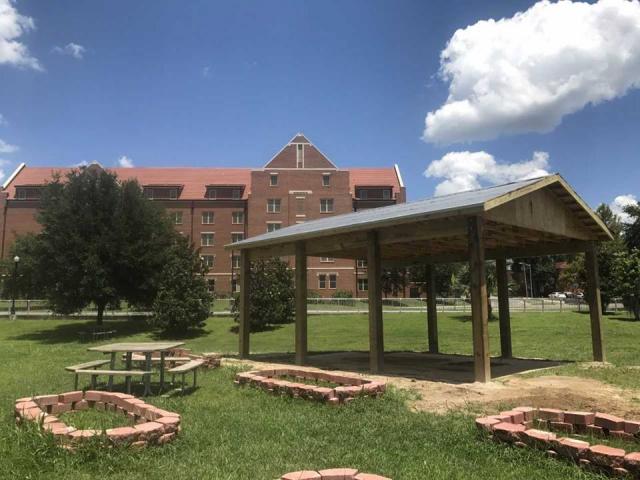
Have you always wanted your own organic garden, but thought living on campus or in a city would limit you? Fear not! The FSU Seminole Organic Garden is here to help!
The FSU Seminole Organic Garden is located between the FSU Flying High Circus and the Wildwood Residence Halls. FSU community groups, departments, offices, and student organizations can rent garden beds for $30 a semester and individuals can rent a bed for $10 a semester.
Lettuce show you just how fun and easy gardening can be:
Prepare the soil and plant the seeds
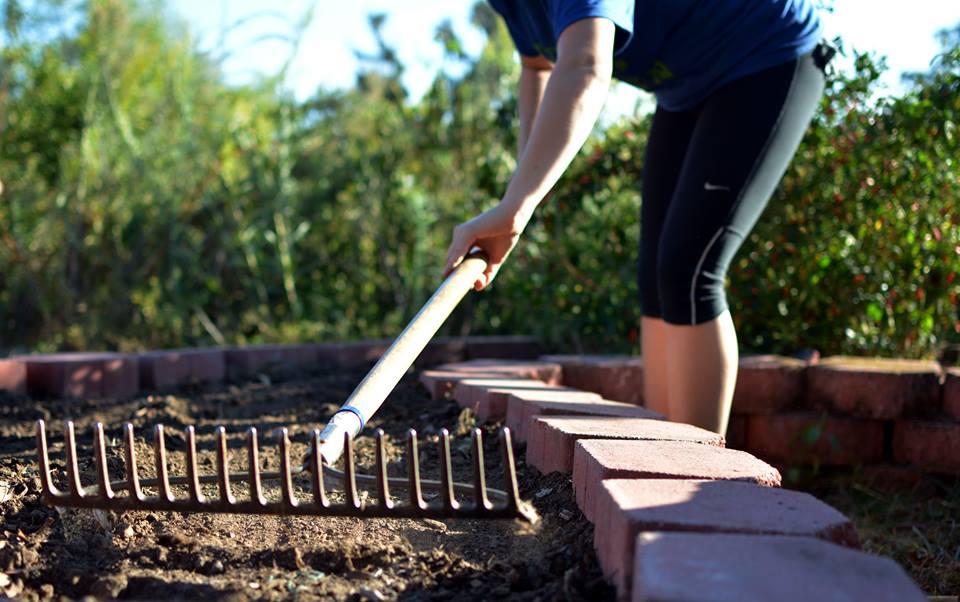
Before planting your seeds, you will need to properly prepare your bed’s soil. Mixing the pre-existing soil with additional compost will make your soil more nutrient-rich, which is important if you want the plant life to thrive.
When you turn and mix the compost in the soil, the soil’s top layer will “recharge” from its exposure to the sun’s uv-rays and other environmental factors. The turning and mixing is also important because it stops the soil from drying out and it improves oxygen circulation!
Now that the soil is prepared, it is time to rake it out flat and plant your seeds about an inch deep. Once planted, make sure to recover them with soil.
Water the plants
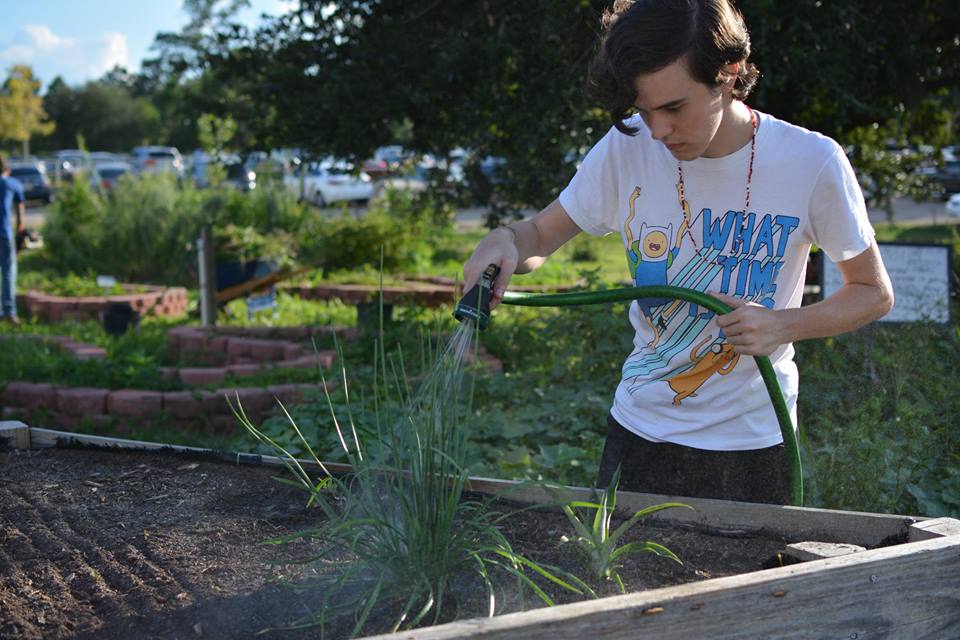
Water your garden bed plants approximately 2-3 times a week. Easy peasy!
I’m not sure if you’ve noticed but Florida sure is hot! Because of our high temperatures you will want to ensure that plants are watered the appropriate amount so they’re able to grow. In general, most plants thrive best when watered 2-3 times a week but when you first plant your seeds in the bed, it would be better to water them daily or every other day.
The two words to remember when watering your beds are thorough and gentle.
For seeds, water the area until is wet not muddy. For sproutlings, water each plant for about 15 seconds each, or before you turn the soil muddy.
How do you know if you need to water? What if it rained?
Stick you finger into the soil. If the soil underneath the top layer is damp, then you don’t need to water. If it is dry, then you should water the bed.
The most common affliction that comes from overwatering is root rot, which is when the roots of the plants become too saturated with water and then they rot. Root rot comes from retained moisture in the lower layers of soil so even if the top layer of soil looks dry, it’s still best to do a poke test to make sure water isn’t over-retained by lower layers of soil.
Play with Puppies
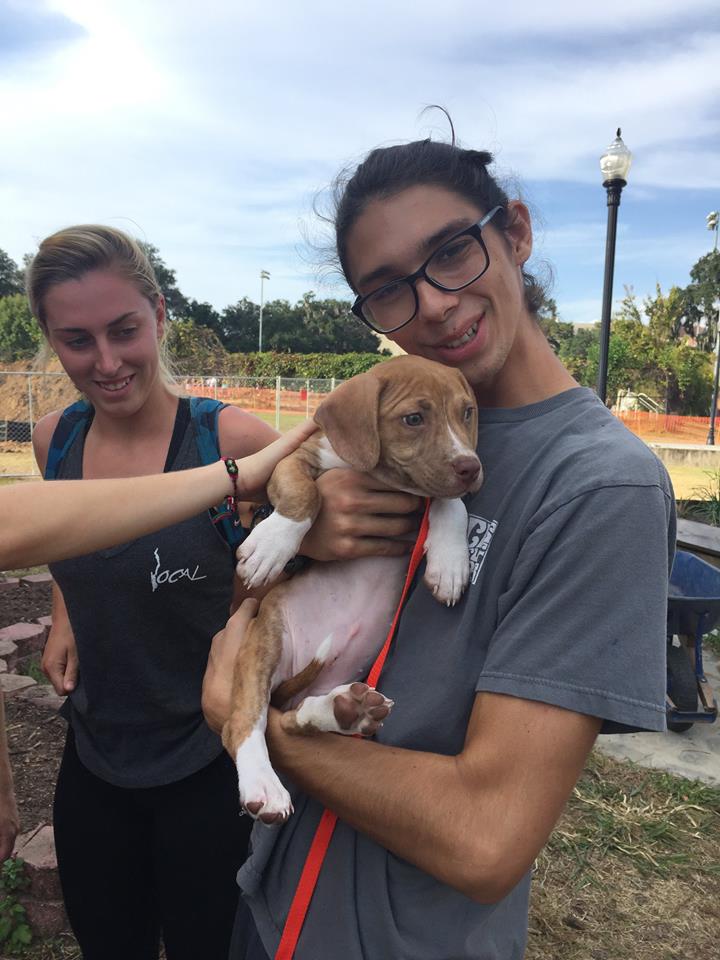
The garden will hold numerous events, like yoga at the garden, and sometimes other gardeners will bring their furry friends.
Pull the weeds and prune your plants
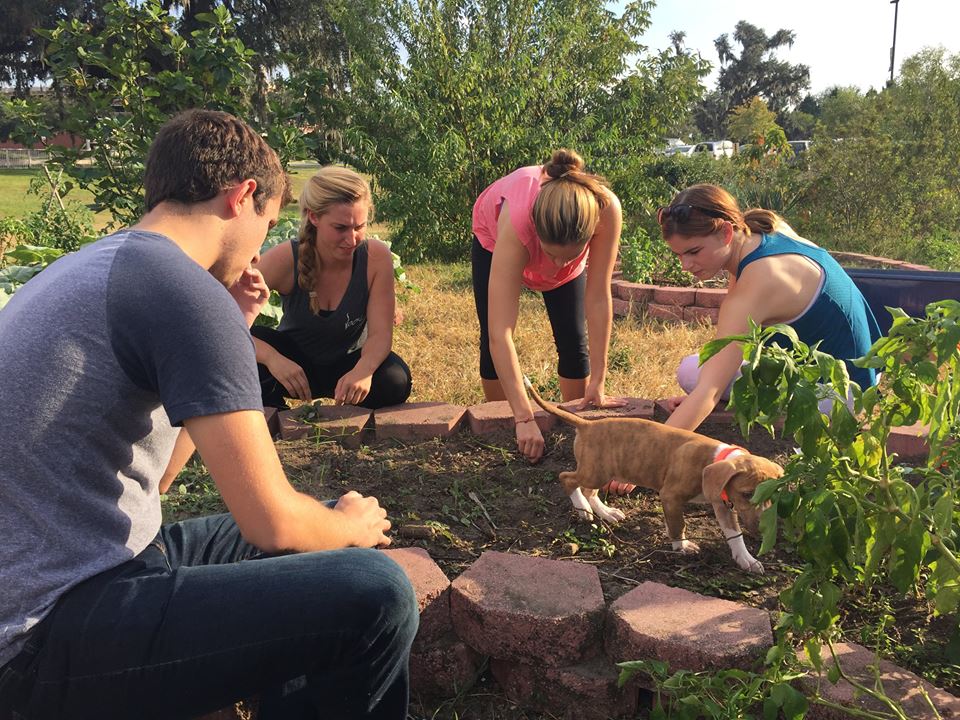
Maintain your garden bed by pulling the weeds.
The word weed is an arbitrary term for any plant that you don’t desire in your bed. So, your definition of a weed can be as strict or as liberal as you choose. Having smaller plants growing in your garden bed isn’t necessarily a bad thing because there a number of small plants that help add nutrients to your soil or serve a role with pollinators.
Weeding is important for the health of your plants, especially if unexpected weeds start growing out of control or too close to your plants. You don’t want weeds diverting nutrients away from your sproutlings. The weeds can smother the sproutlings as well, so it is better to remove them from the bed every chance you get. Keep track of the sproutlings you purposefully planted so you don’t pull them out by mistake!
Pruning can be tricky. When you prune a part of a plant that’s still alive, you force it to divert energy from growing food to growing its missing piece. Therefore, you should only prune damaged, diseased, or dead parts of your plant. When a section of your plant falls under one of the 3 D’s, it’s a good idea to cut it off because it’s harming the plant. If you want to prune something because it looks untidy or to make it more aesthetically pleasing, just remember that it might stunt the plant’s growth.
Harvest
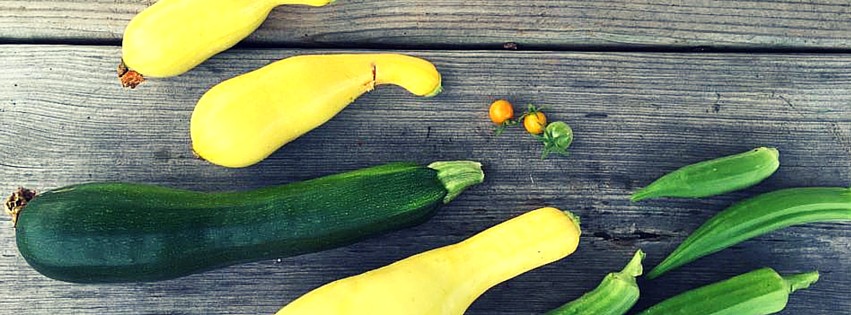
When your garden bed produces fruit and vegetables, take them home and make a delicious dinner or snack out of them!
How do you know when a plant is ready for removal?
By checking the seed packet or researching online, you can find the characteristics of your ripened fruit or vegetable and the approximate amount of time it takes to ripen. When the plant is ripe, you can remove it if you plan on eating it soon after. If you want to save the fruit for later, you should pick it right before it ripens.
Learn more about the garden by checking out the FSU Sustainable Campus website: http://sustainablecampus.fsu.edu/garden

